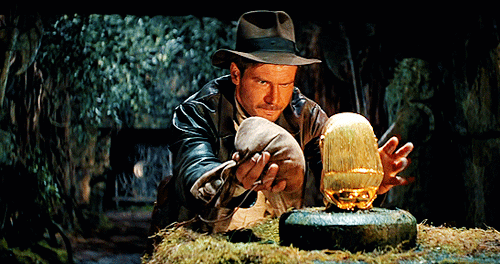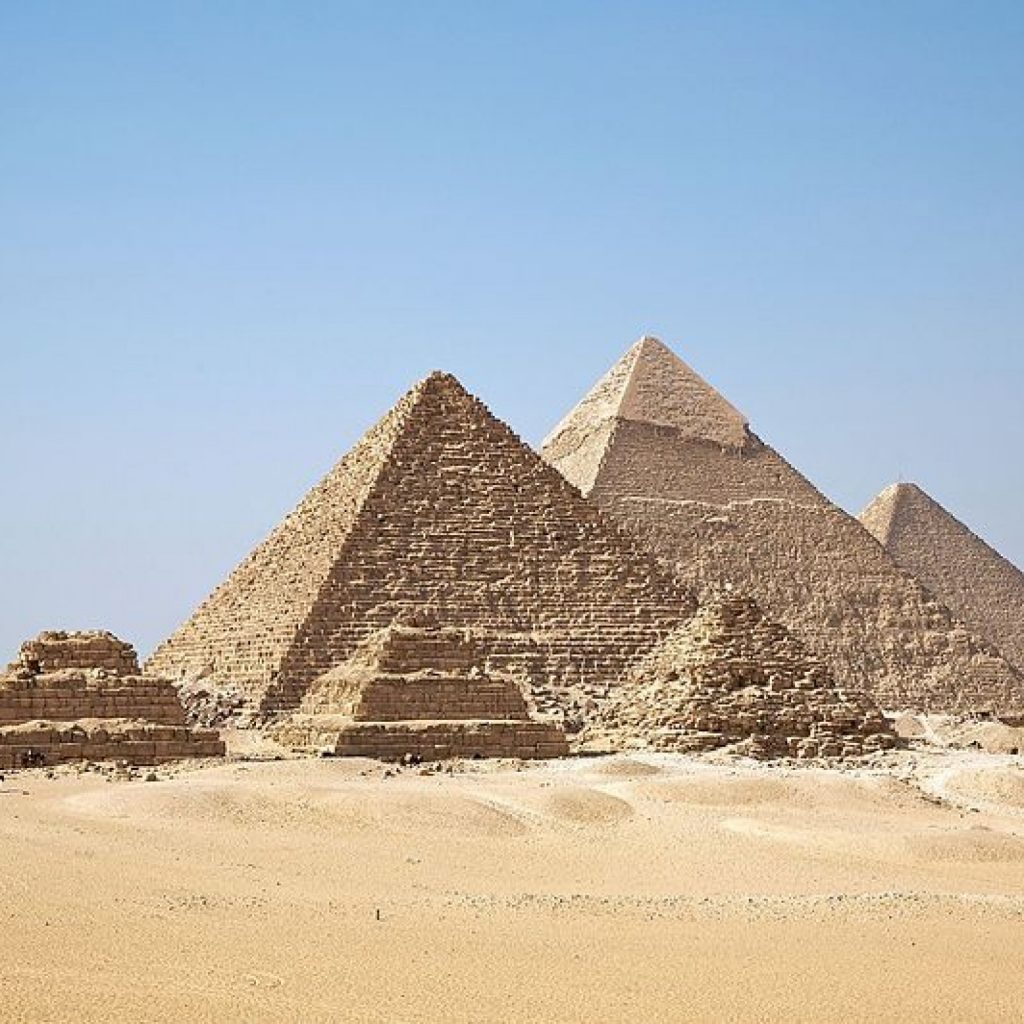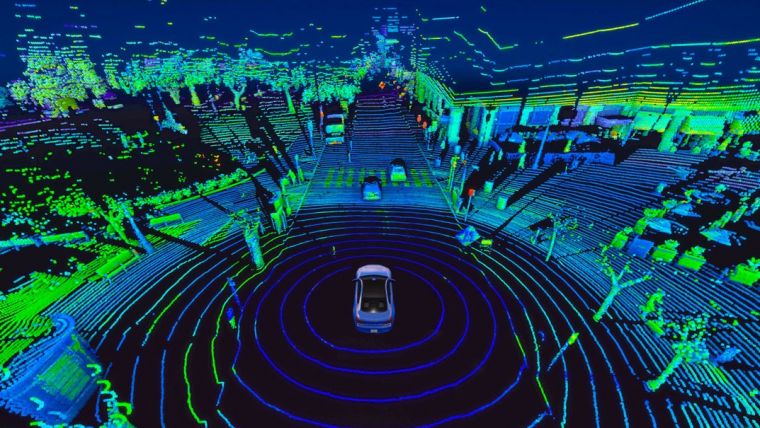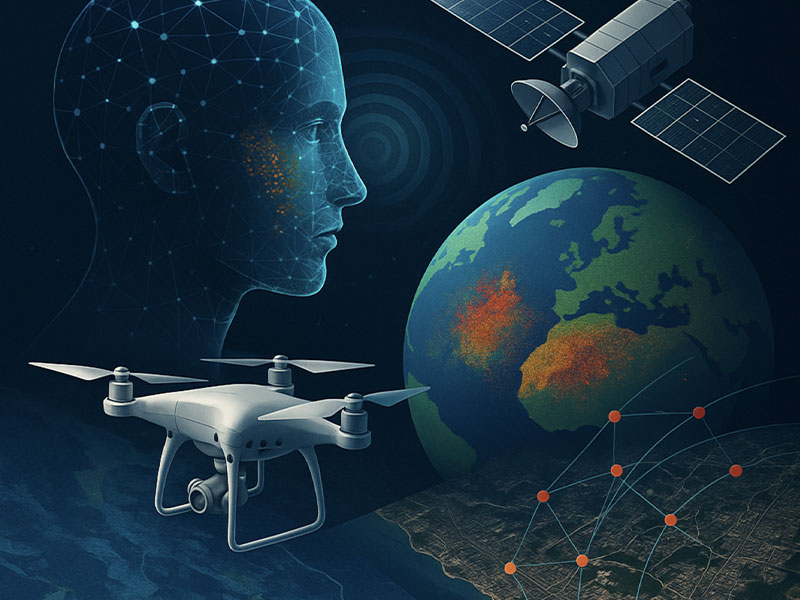Who could forget Harrison Ford using an engraved scepter to identify the location of the (snake-laden) treasure trove in a hazy desert?
That was the Hollywood version of geospatial technology.
Imagine how much easier it would have been to find the lost ark if he could have used predictive modeling, remote-sensing technologies, and maybe even heat sensing/mapping. He probably could have avoided the snakes then!

What’s so cool about predictive modeling is that you get a better sense of the actual appearance of ancient civilizations’ structures. When you know more about how their homes and temples were placed in reference to water and food sources, you can fill in more blanks about their daily lives. For an even more exciting supposition, geospatial technologies were able to locate pyramids all over the WORLD. This could mean that it’s just the most efficient way to stack a bunch of rocks…however, it could also hearken back to Mesopotamia and there being a connectivity between cultures. That’s a loose idea that could send any amateur archaeologist’s mind into a frenzy!

Remote sensing tech allowed researchers to use methods such as LiDAR (Light Detection and Ranging) to scope out areas in New England before they stepped foot on the property, where they could have potentially caused damages to artifacts and low-lying structures. This technology laid out a laser grid to analyze terrain, wherein an old farmhouse community had “gone to seed” and was reclaimed by vegetation. A fun bi-product of this was that modern day archaeologists were able to identify the foundations of VERY old communities which previously went undetected for a century. This led to additional discoveries that told them more about pre-colonial life.

One of the most surprising uses of geospatial tech in regards to archaeology is the “plug and play” abilities of adding old data in with the new technology. To quote this article from the University of Southern Californina:
“Researchers set out to gain a greater understanding of the complex civilization the Maya created and the reasoning behind the locations they selected and the structures they built. They used GIS to review previously collected data, including:
- Maps dating back to 1843
- Photos from The National Mexican Topographic Survey
- Architectural styles throughout the Maya civilization
- Physical characteristics of the environments in which the Maya lived
The researchers noticed that in some areas, the Maya had constructed water-storage reservoirs called chultunes, while large clusters of villages primarily relied on wells. Further analysis showed that, in areas where wells were most common, the water table was notably higher, reaching between approximately 60 and 100 feet below the ground. Outside these clusters, the chultunes were much more prominent. However, observers saw that architectural structures were never more than about one-third of a mile away from the chultunes, suggesting that the Maya had determined this to be the maximum distance anyone should carry pots of water.”
This shows how much real-life scenarios can be “guess-timated” through the use of geospatial tech.
When we say GIS is the Indiana Jones of tech, we mean it! We DO wish it came with a cool hat and a whip though (ahem). In the meantime, if you have any questions about the amazing multitudes of things that geospatial technology can do, give us a shout! Here at CyOak, we are ready to answer all of your questions and share our excitement over this futuristic super-tool with you!




